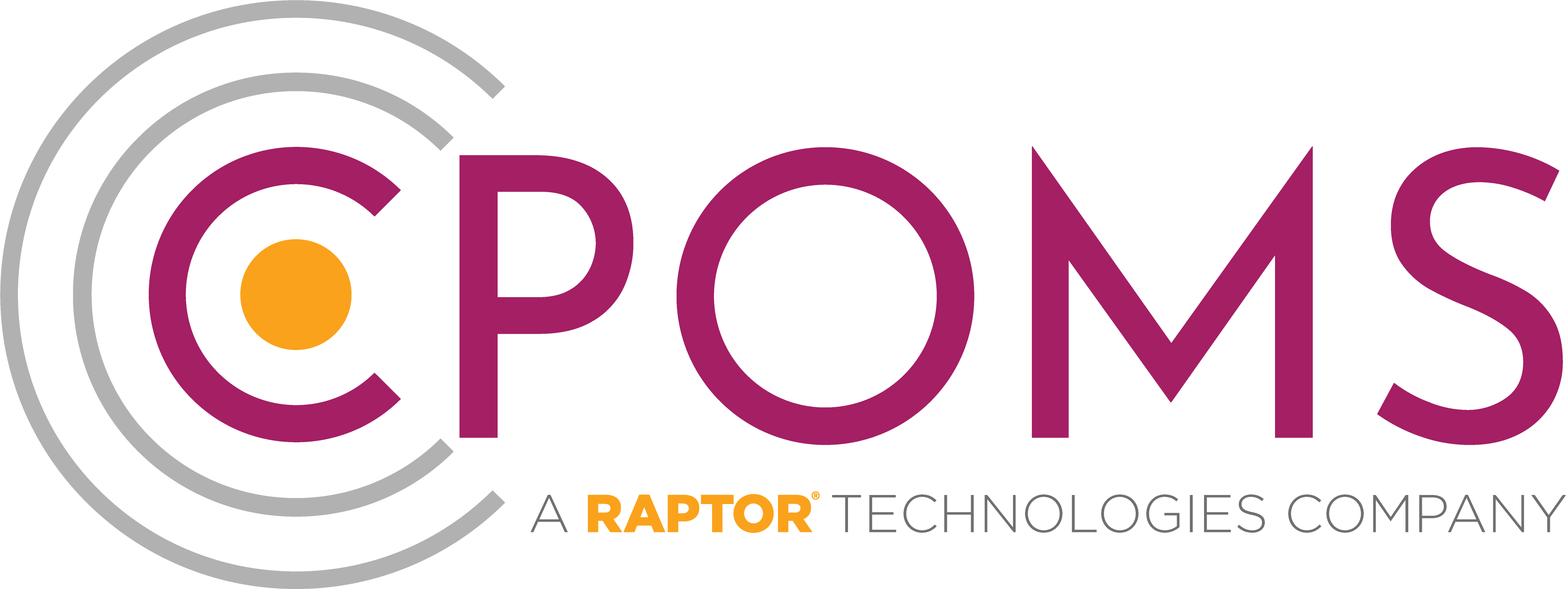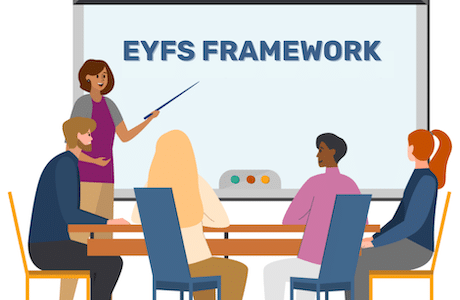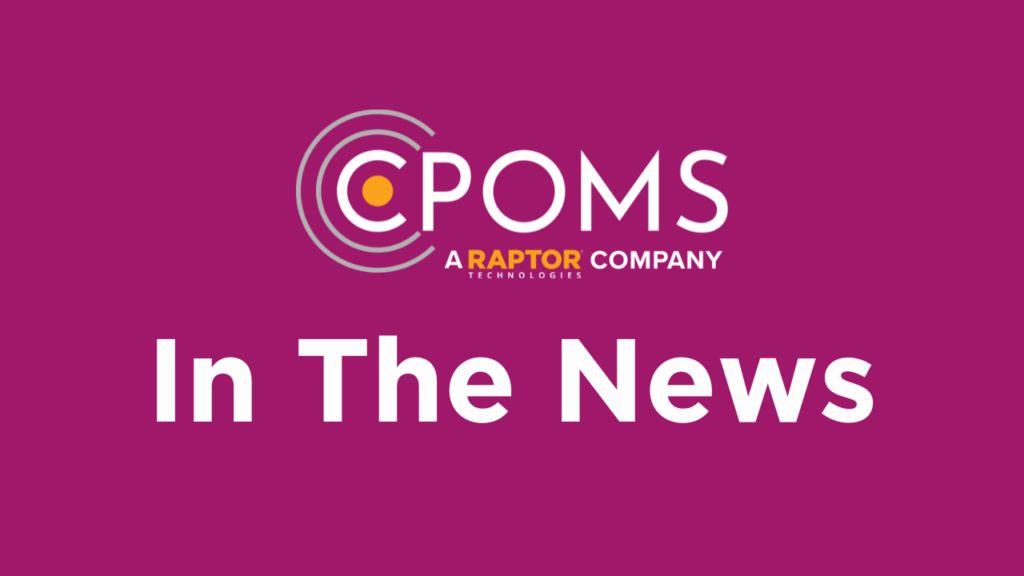Recently, CPOMS was invited onto the HeadteacherChat podcast, a resource which offers training and support for senior leaders in education, to discuss the importance of multi-agency collaboration and information sharing when it comes to safeguarding.
Hosts and co-founders of the podcast, Jonathan and Lucy Coy, were joined by CPOMS team members Nicki Higgins, NLP Practitioner and former DSL, Sophie Wilkinson, former teacher, and Karl Lodge, who brings 12 years’ experience within the education sector, about the value of adopting a joined-up approach to safeguarding.
In this blog, we’ve summarised the key takeaways from the discussion. You can listen to the full conversation here.
The importance of a joined-up approach
The hosts began the podcast by highlighting a real-life occasion when information had been missed—and which had devastating consequences.
Co-host Jonathan stated: “Sadly, in recent years there have been high-profile cases of child safeguarding failures. These tragic incidences have highlighted the risks that occur when one agency does not share information appropriately with others.”
Co-host Lucy added: “In 2022 the review into the murder of five-year-old Logan Mwangi found that, despite early concerns being raised, these were failed to be shared early enough between the relevant safeguarding agencies to spot the signs that Logan was in an unsafe environment.
“A recent report from the Home Office found that multi-agency collaboration led to increased efficiency and better outcomes for children, offering children faster and more effective support.”
The high risks associated with ineffective safeguarding practices indicate why it is vital that schools, alternative provisions and local authorities have the tools to collaborate and ensure that they can work together to keep children safe. Throughout the podcast, the CPOMS team illustrated how safeguarding software like CPOMS Engage can facilitate the much-needed collaboration between agencies, and what this might look like in practice.
What does a joined-up approach to safeguarding look like?
A joined-up approach to safeguarding provides teachers and safeguarding staff with the visibility to understand a child’s situation from different perspectives. The speakers highlighted why this is important for creating a holistic understanding of the child’s support network, where it is clear what support each agency can offer, and how they can work together to ensure a child is protected.
Nicki explained that when working with vulnerable children in a school, one of the greatest challenges is understanding the perspective of the other agencies involved in each child’s case—whether that be the police, social workers, a school nurse, or other points of support.
Nicki said: “In my experience, working as a designated safeguarding lead within a school setting, one of the challenges I’ve faced is having the visibility before the meeting from the multi-agency perspective.”
Having the full package of information would allow for better preparation before, during and following meetings—and for the continual provision of relevant support to each child.
The speakers discussed how sharing the right information at the right time is crucial to stop any information from falling through the gaps and ensuring children remain safe and protected.
How could a joined-up approach improve communication?
The speakers explained how a joined-up approach would make the whole process of information sharing and action more streamlined.
Karl explained: “It’s about bridging the gaps. If police can record information using a collaborative system like CPOMS Engage, this increases accuracy and efficiency as it means that this information can be immediately shared with the right schools in a secure and simple way, alerting the relevant staff to the issue.”
Nicki added: “When a child is on role at multiple settings – such as an alternative provision and also a school – information [about the child] only needs to be recorded in CPOMS once, because of the way it can be shared automatically with each setting.”
The speakers went onto explain: “Having a secure and easy way for authorities to share information with each other could ensure that support was provided to children and families who needed it faster and can help to provide a single, clear chronology of a situation or series of events.”
How can safeguarding systems help remove barriers to information sharing?
Both the hosts and the speakers agreed that communication between agencies is key to breaking down the barriers to information sharing and improving child safeguarding practices.
At the end of the discussion, Lucy described collaborative safeguarding software like CPOMS Engage as “a massive step in the right direction, and something that has been needed for a long time.”
With CPOMS Engage, safeguarding information can be shared across settings via an agreed share contract through seamless, secure transfer between systems. The simplicity and speed help ensure a timely, collaborative approach to a pupil’s safety and wellbeing.
For more information, contact us today.




